Welcome to the first installment of our blog series – “The Hidden Economy: Informal Lending’s Role“
In the bustling streets of emerging economies, there’s a financial world that operates in the shadows of formal banking institutions. It’s a realm where traditional banks either don’t reach or don’t cater to the needs of everyone. This is where informal lending comes into play—a critical but often overlooked component of the financial ecosystem. Informal lending isn’t about fancy offices or complicated paperwork. Instead, it’s about people—friends, family, and community members—lending money to each other based on trust and mutual understanding. It’s a system as old as commerce itself, adapting to the needs of those it serves, and acting as a lifeline for many who are left out of the formal financial system.
Understanding Informal Lending
Informal lending operates on the principles of accessibility and flexibility. For microentrepreneurs in emerging markets—those who run small-scale businesses out of necessity or opportunity—access to capital is a significant hurdle. Many of them lack the collateral or credit history required by formal banks. Here, informal lenders step in, providing the much-needed financial oxygen to breathe life into their ventures. These transactions, often sealed with a handshake rather than a contract, carry their own set of rules and norms, deeply rooted in the local culture and social fabric.
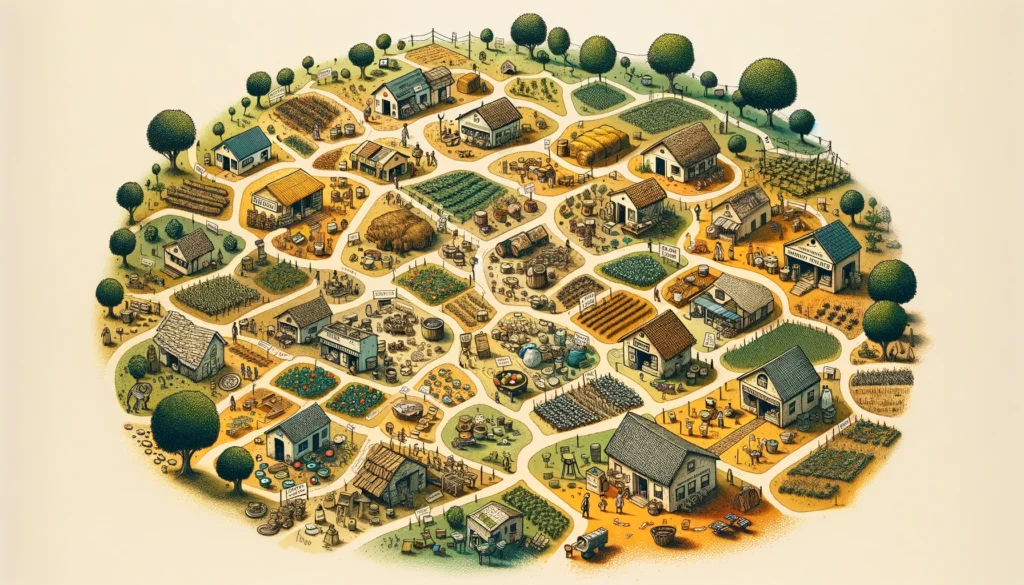
However, this convenience comes with its challenges. Interest rates can be sky-high, and without legal protection, borrowers may find themselves in precarious situations if unable to repay. Despite these risks, the sheer necessity drives the continuous reliance on this parallel financial system, highlighting a gap that formal institutions have yet to fill effectively.
The Research by Bao, Ni, & Singh (2017)
A groundbreaking study by Weining Bao, Jian Ni, and Shubhranshu Singh in 2017 casts a spotlight on this shadowy world. Their research delves into the complexities of informal lending, revealing its critical role in supporting microentrepreneurs in emerging economies. The study focuses on the nuanced dynamics between lenders and borrowers, shedding light on the delicate balance of trust and financial necessity that underpins these relationships.
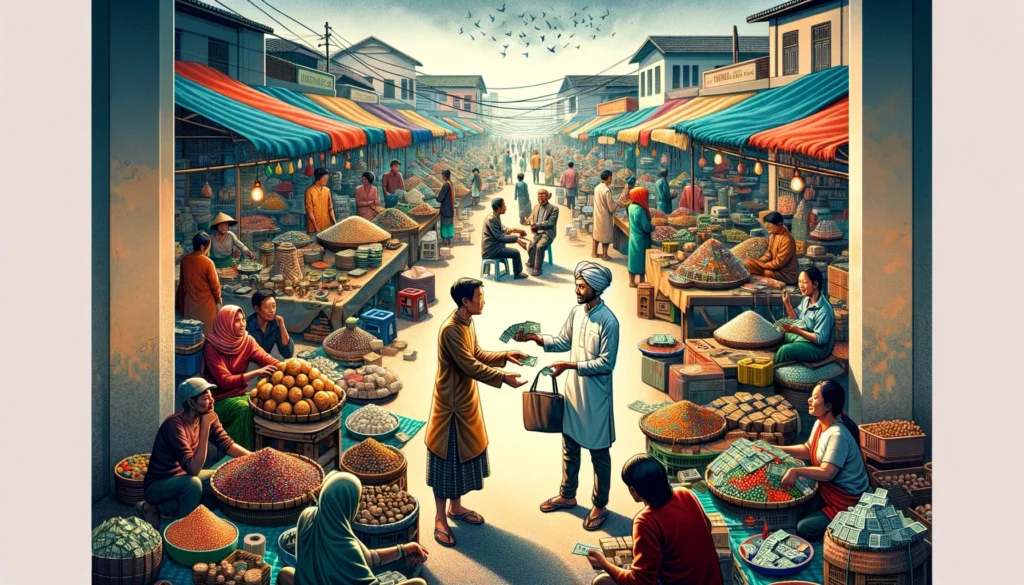
One of the most intriguing findings is the paradoxical effect of improved financial options on microentrepreneurs. While one might assume that better access to alternative financing would empower these small business owners, the reality is more complex. The study finds that as external financial options improve, informal lenders adjust their terms, sometimes making loans more expensive or less accessible. This counterintuitive outcome underscores the intricate interplay between formal and informal financial sectors and the need for policies that recognize and address these dynamics.
Through their meticulous analysis, Bao, Ni, & Singh not only contribute to our understanding of informal lending’s role in economic development but also highlight the importance of creating more inclusive financial systems that can bridge the gap between formal and informal sectors.
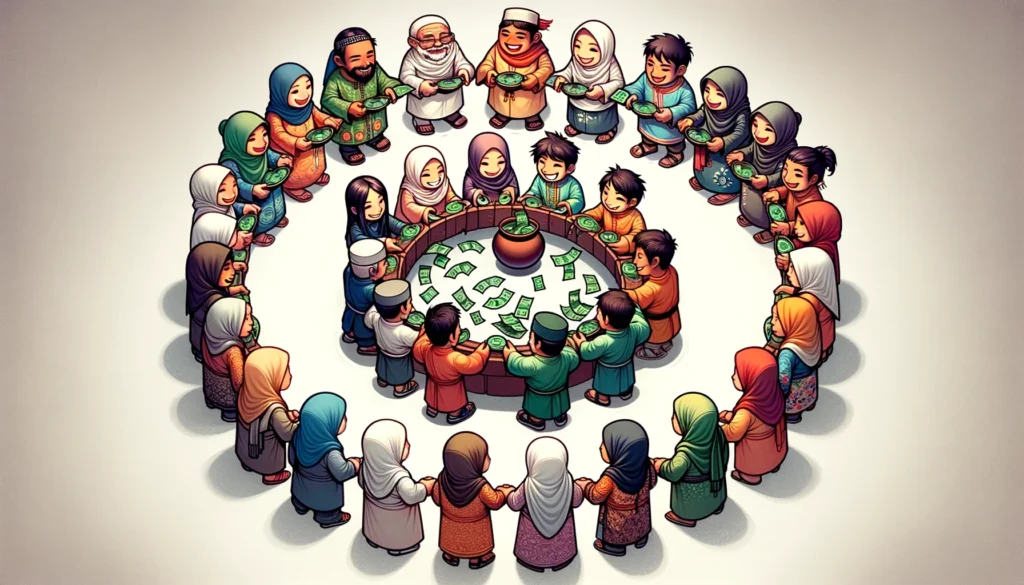 The Sou-Sou System: A Closer Look
The Sou-Sou System: A Closer Look
In many communities around the globe, a remarkable system known as “sou-sou” helps people save money and fund their dreams. Imagine a group of friends, each contributing an equal amount of money to a common pot weekly or monthly. When the pot grows big enough, one member takes the whole amount to invest in their business, pay for education, or handle emergencies. Then, the cycle continues until everyone gets their turn. This isn’t just about money; it’s about trust, community, and mutual support. Sou-sou, rooted in African and Caribbean cultures, shows us an alternative way to financial security, bypassing traditional banking hurdles.
Implications for Microentrepreneurs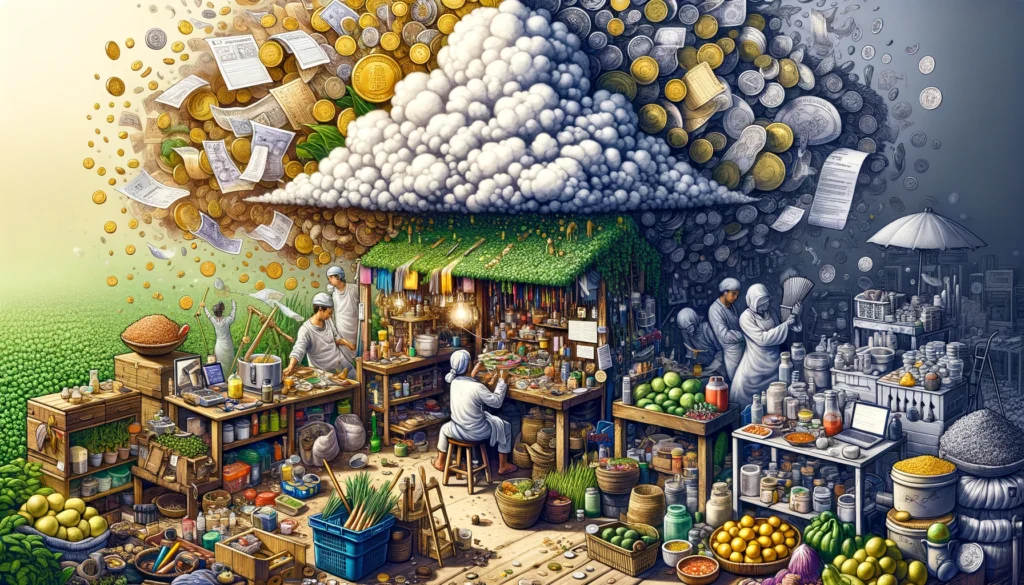
For the small business owner in a bustling market or the craftsman in a remote village, informal lending is often the only pathway to financial growth. Without access to formal banks, these entrepreneurs rely on systems like sou-sou or loans from local lenders. This can be empowering, giving them the means to start or expand their businesses. However, it’s not without its challenges. High interest rates and the risk of falling into debt loom large, and without legal protections, disputes can become complex. Despite these risks, the entrepreneurial spirit thrives, driven by the necessity and a deep-seated hope for a better future.
 Looking Forward
Looking Forward
As we stand on the brink of technological and social change, the future of informal lending and microentrepreneurship looks promising yet challenging. The digital revolution brings new opportunities for financial inclusion, with mobile banking and online platforms offering safer, more accessible financial services. Yet, the journey ahead is not just about technology; it’s about policies that recognize and integrate informal markets into the broader economy. By understanding the nuanced needs of microentrepreneurs and creating supportive environments, we can unlock the full potential of informal markets. Together, we can move towards a future where every entrepreneur, no matter how small their start, has a fair shot at success.
Author’s Note:
This blog series aims to demystify the world of informal markets in emerging economies. By shedding light on the less talked about aspects, we hope to spark a conversation on how to harness these markets for sustainable development.
G.C., Ecosociosphere contributor.
Further Reading and References:
- Bao, Weining; Ni, Jian; Singh, Shubhranshu. “Informal Lending in Emerging Markets.” 2017.
- “The Mystery of Capital” by Hernando de Soto. A book exploring how informal economic activities can be transformed into formal ones to spur growth.


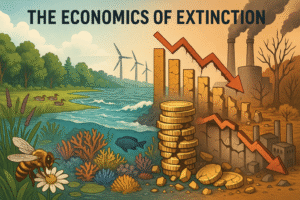


Comments
Your article helped me a lot, is there any more related content? Thanks!
I don’t think the title of your article matches the content lol. Just kidding, mainly because I had some doubts after reading the article.
I don’t think the title of your article matches the content lol. Just kidding, mainly because I had some doubts after reading the article.